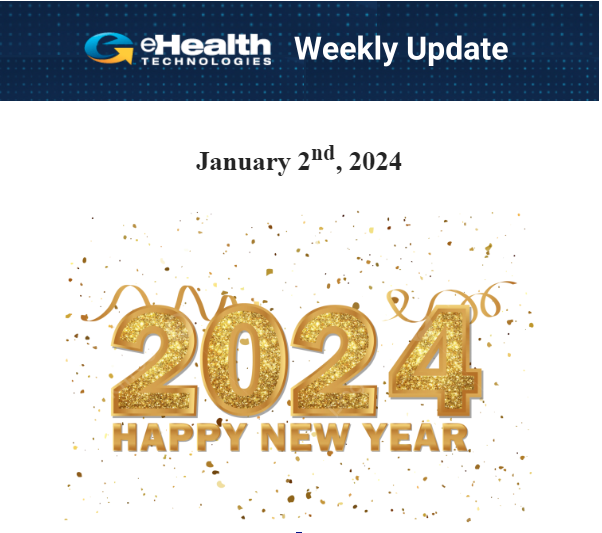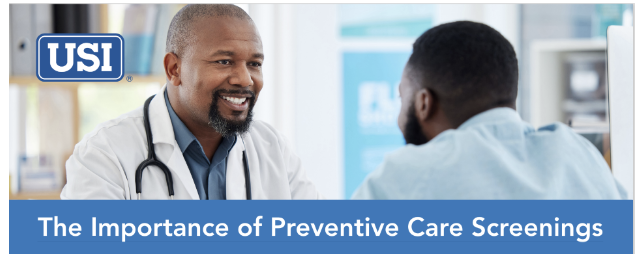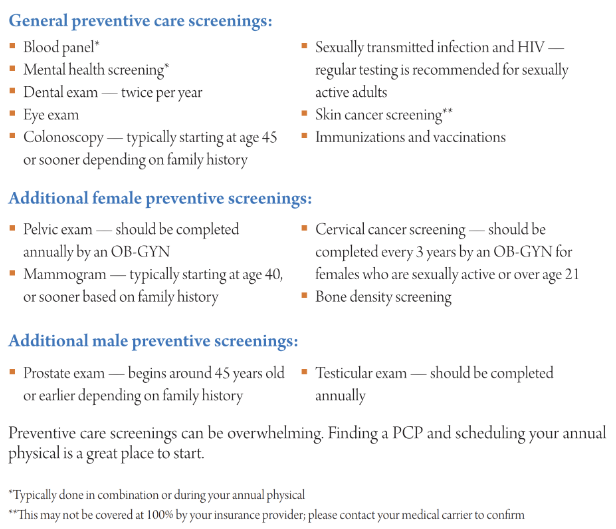

KEY ACCOMPLISHMENTS, CHALLENGES, AND FOCUS AREAS
Last Week’s Accomplishments:
Operations
- Helped advance the delivery of life-altering care for ~5,900 people last week!
- Turnaround time remained consistent at 7.2 days, we expect this to continue to decrease backlog decreases
- Backlog decreased by 600 patients from the previous week!
Customer Success
- Assisted City of Hope (team 12a) in RTL attentions
Technology
- Overall system uptime came in at 99.99% against a plan of 99.9% with no major outages or downtime
Product Management
- Request API:
- Johns Hopkins is moving forward with Request API
- Request API statement of work (SOW) has been handed off to Legal for final revisions going forward and JH SOW is being generated from that template
- Expedited Records with Carequality
- Created and reviewed stories in preparation of sprint work beginning 1/3
Sales
- Progressed Frenova Renal Research forward toward closure – Agreed on committed volume, volume ramp, and success criteria. Customer response “Signing ASAP”
- Met with Red Purse Marketing to set expectations for our “Project” based relationship in 2024.
Human Resources
- Hosted India holiday celebrations
- Delivered employee gifts globally
Last Week’s Challenges:
Operations
- Closed locations / person / day came in at 8.8 compared to a forecast of 11.1
- Patient volume came in 6% below plan
- Closed cases came in 5% below plan
Sales
- Legal Resources from Frenova Renal Research, spent all weekend with Frenova Renal Research Leadership to find an attorney to provide final review.
Executive Leadership Team
- Finalized 2024 strategic planning and agreed on objectives and key results
- Identified top risks as well as upside potential and put plans in place to mitigate risks and take advantage of upside opportunities
This Week’s Focus:
Operations
- Continue to keep urgency up on closing cases to decrease excess backlog and get turnaround time down.
- Rollout 2024 objective and key results for each Operations team
- Identify participating teams for Copy Service Pilot
Sales
- Frenova Renal Research signing ASAP.
- Delivering Johns Hopkins SOW for “Request API”, to Jamie Bachman, Executive Director of Oncology.
- Receiving Stanford “Referral Number” SOW
- Finalizing updated Weekly Sales Region Reporting / Accountability to the Sales Plan
- Confirming onsite meetings with Tampa General and Moffit Cancer Center ASAP.
Customer Success Management
- Update demand model for 2024
Technology
- Focus and accelerate technical aspects of the Carequality and MRO pilots, and RMS to cloud project
Product Management
- Progress expedited records with networks:
- Prep for Carequality stories to begin 1/3
- SWAG/T Shirt sizing for initial Carequality stories
- Grooming for Carequality stories
- Update Carequality business case with feedback from kick-off meeting
- Define Kno2 portal workflow for regroup meeting week of 1/1
- Provide example stylesheets for most common types of requested records
- Progress expedited records with copy services
- Determining next steps on how to implement copy service portals into Operations workflows
Human Resources
- Complete ESAT survey analysis & action plans
- Finalize revamp of performance review process
- Continue to update job descriptions for all roles across the organization
- Recruiter Interviews
Executive Leadership Team
- Rollout 2024 strategic plan

MARK YOUR CALENDARS FOR OUR 2024 KICKOFF!
You should have received a Town Hall event invitation for our first meeting of the year – it will take place on Thursday, January 4 from 1:15 – 2:00 p.m. EST. Please be sure to attend! We will be reviewing our company’s objectives and key results for 2024 as well as some key initiatives we’ll be kicking off very soon. See you there!

CARES COMMITTEE
Thank you for your support for our December initiatives! We’ve extended the Ronald McDonald House fundraiser for just a few more days, there’s still time for us to reach the $2,000 goal! If we collectively fundraise $1,000, eHealth Technologies will match the rest!
To donate, visit www.rmhsa.org/donate. Click on the blue donate button and select a donation amount. Under the program tab select “e-Health Technologies”. Complete all information with red stars and submit. Donations will be accepted until December 31!
Your generous participation made a big impact this year! We are grateful to everyone who participated to help us make a difference last year, and we are equally inspired to continue the amazing work in 2024!
THIS WEEK’S OBSERVANCES
We hope everyone had a wonderful holiday season and look forward to continuing our work together in 2024!
January 4: World Braille Day/Louis Braille’s Birthday
Louis Braille created the popular tactile reading and writing system known as “braille.” The system has stood the test of time, and it has increased accessibility to the visually impaired.

January 6: Feast of the Epiphany
On the 12th day of Christmas, Christians celebrate the Feast of the Epiphany. They believe this is when the three wise men arrived to baby Jesus after following the star. Around the world, countries celebrate this by dressing up like the three wise men and decorating floats.


THE IMPORTANCE OF GOAL SETTING
As we head into a new year, we want to stress the importance of goal setting and its impact on each team member, as well as the organization as a whole. We encourage you to set SMART goals. What are SMART goals? Simply put, SMART goals are specific, measurable, and actionable. By using a series of five benchmarks that comprise the SMART method, you’ll be able to create concise goals and action steps that will keep you on track.

How to set SMART goals using the SMART method:
- Make your goal SPECIFIC
The first step in creating a SMART goal is to make it specific. Consider your goal in quantifiable terms by asking yourself the following questions:
-
- What do I want to accomplish?
- Will achieving this goal have an important impact?
- What actions will I need to take?
- Make your goal MEASURABLE
This step in the SMART process prompts you to apply methods of measuring your progress toward achieving your goal. Being measurable also takes into account any actions you would implement to help you further your progress toward your goal. For instance, this may take the form of tracking the time it takes you to complete an action or meet a milestone.
- Make your goal ACHIEVABLE
This aspect of the SMART strategy relates to your goal being achievable. Do you have the resources and time needed to achieve the goal? This may include gathering necessary data, asking team members for help, and learning new skills. You’re more likely to be successful in your goal once it is specific, measurable, and deemed achievable.
- Make your goal RELEVANT
A relevant goal will directly contribute to successful results. Keep in mind that every action you take should move you closer to your goal. In our example, a relevant goal will directly reduce expenses.
- Make your goal TIME-BASED
A time-based goal has a specific time deadline. You’ll want to determine if your goal is a short-term or long-term goal (or a combination of both). From there, you can determine a timeline and set a schedule to meet deadlines and accomplish your objective. Your timeline should also be realistic and allow you plenty of opportunities to make adjustments to your goal regarding its relevance, specificity, and achievability.
SMART goals can be an efficient and important tool for teams when collaborating on projects. As we kick off 2024, goal setting will be a crucial element for everyone at eHealth Technologies – everyone’s role is important to our collective success! Here’s a link to an interesting article for some techniques to help you achieve your goals: Goal Setting: A Scientific Guide to Setting and Achieving Goals (jamesclear.com)

Cervical Health Awareness Month
Nearly 13,000 women in the US are diagnosed with cervical cancer annually. The disease is almost entirely preventable with proper vaccination and regular screenings with a PAP smear and HPV testing. Here’s some helpful information about preventive screenings provided by our insurance broker, USI.

Preventive care screenings can identify abnormal changes to your health and help with the early detection of chronic conditions like high blood pressure, diabetes, or cancer. Most preventive healthcare services are covered by insurance. Your primary care provider (PCP) can help you stay on track with all recommended preventive screenings based on your age and gender. Preventive care screenings can be overwhelming. Finding a PCP and scheduling your annual physical is a great place to start.
